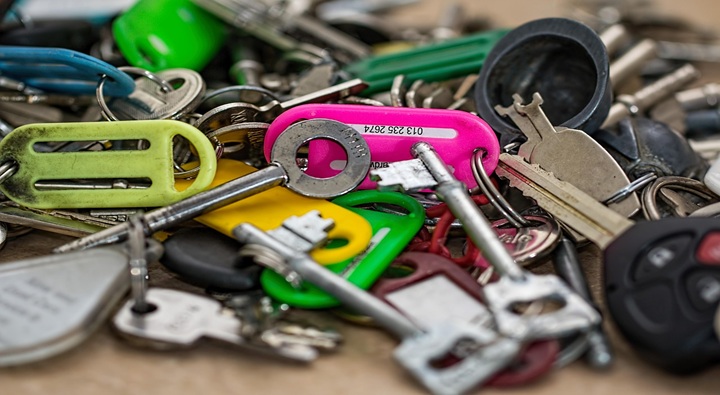![]()
![]()
Moneymagpie Team
2nd Jul 2025
Reading Time: 2 minutes
There’s nothing modern about a metal key. What is modern – and quite transformational – is the way automation has begun to manage those keys in their day-to-day usage. In companies that still rely on pegboards and paper sign-out sheets, lost fobs can feel inevitable. Turn the same workplace over to an electronic cabinet with live alerts and the story shifts: accountability rises, late returns fall, headaches vanish.
Automated accountability
A manual log asks people to write legibly, remember return times, and flag problems themselves. Automation removes those three weak points in one move. A staff badge or phone app unlocks a single slot; the system stamps the user ID, the moment of removal, and the promised return time. The instant a deadline slips, it pings a supervisor. No detective work, no spreadsheets, no shrugging.
Rapid incident response
Picture this: a van key doesn’t come back at the end of shift. If the only record is a half-filled paper line, security might spend an hour ringing around. An automated cabinet from somewhere like Traka cuts that chase to thirty seconds – open the digital dashboard, sort by “overdue,” and the holder’s name is right there. Faster response means theft is foiled, vehicles stay on schedule, and insurance reports write themselves.
Easy scaling
Growth usually means more doors, more padlocks, more vehicles – so the sign-out sheet swells, and someone gets hired just to chase late returns. Automation flips that around. One cloud-linked cabinet can manage hundreds of keys, send automatic reminders, and export clean audit trails for compliance officers. Headcount might rise, but the admin workload barely moves.
Integrated safety nets
Keys often grant access to more than a door: behind those doors might lie chemical stores, dangerous machinery, and cash piles. Automated systems can tie a safety checklist or a license expiry to the key itself. If a forklift certificate lapses, the machine’s fob refuses to release. In other words, automation doesn’t just track responsibility, it also prevents misuse before it starts.
Data to build on
Manual logs gather dust, but automated reports tell stories that can actually be acted upon. Maybe one depot shows twice as many after-hours removals as another; perhaps a specific contractor always cuts it close on returns. Those trends let managers tweak shift overlaps, rethink delivery slots, or tighten contractor rules. Small adjustments based on real data compound into big savings over a year.
Flexible access
Pop-up events, short-term hires, 24/7 deliveries – today’s schedules rarely fit into neat nine-to-five boxes. Automation can issue a time-boxed PIN by text, then lock it the moment the window closes. No plastic card to collect, no spare fob to track down later. The workflow flexes, while security stays rigid.
Metal keys may be centuries old, but the way companies handle them doesn’t have to be. Automating key management swaps guesswork for certainty, paperwork for data, and slow chase-ups for real-time action. In a world where every delay costs money – and every breach costs trust – that swap is more than convenient; it’s essential.
Disclaimer: MoneyMagpie is not a licensed financial advisor and therefore information found here including opinions, commentary, suggestions or strategies are for informational, entertainment or educational purposes only. This should not be considered as financial advice. Anyone thinking of investing should conduct their own due diligence.









